Gas Fireplace Leaking Cold Air

Table of Contents
Gas Fireplace Leaking Cold Air: Troubleshooting and Solutions
A cozy gas fireplace is supposed to bring warmth and ambiance to your home, not a chilly draft. If your gas fireplace is leaking cold air, it's a frustrating problem that needs immediate attention. This article will guide you through the common causes of cold air leaking from your gas fireplace and provide effective solutions to restore warmth and comfort to your living space.
Identifying the Source of the Cold Air Leak
Before diving into solutions, pinpointing the source of the cold air leak is crucial. Common culprits include:
1. Damaged or Loose Seals:
- Around the glass: The glass enclosure is a primary point of potential leakage. Check for cracks or gaps in the sealant around the glass. Loose or deteriorated sealant allows cold air to infiltrate.
- Around the fireplace door/opening: If your fireplace has a door, examine its seal. A worn or improperly fitting door can create significant drafts. Look for gaps or cracks in the framing or door itself.
- Around the firebox: Examine the firebox itself for any gaps or cracks where cold air can seep in.
2. Inadequate Insulation:
- Chimney: Poor insulation in the chimney can allow cold air to travel down and into your living space. This is a common issue, particularly in older homes.
- Fireplace surround: The area surrounding the fireplace may lack proper insulation, creating cold spots and drafts.
3. Ventilation Issues:
- Insufficient intake air: Gas fireplaces require a sufficient supply of fresh air for combustion. If the intake is restricted or blocked, it can cause negative pressure, pulling cold air in through any available gaps. This often manifests as a whistling sound.
- Blocked exhaust vent: A blocked or restricted exhaust vent prevents proper venting of combustion byproducts and can lead to backdrafting, forcing cold air back into the room.
4. Damaged or Improperly Installed Components:
- Damaged damper: A malfunctioning or improperly sealed damper is a major source of drafts. Ensure the damper closes completely and tightly.
- Improper installation: Incorrect installation of the fireplace during construction can lead to gaps and poor sealing, resulting in cold air infiltration.
Troubleshooting and Solutions
Once you've identified the potential source(s) of the leak, here's how to address them:
1. Repairing or Replacing Seals:
- Sealant repair: For minor gaps around the glass or door, carefully apply high-temperature sealant, following manufacturer instructions. Make sure the surfaces are clean and dry before application.
- Sealant replacement: If the sealant is extensively damaged, it may need complete replacement. Consider calling a professional for this task.
- Door replacement: If the fireplace door is the culprit, consider replacement if repair isn't feasible.
2. Improving Insulation:
- Chimney insulation: Consult a chimney professional for proper chimney insulation. They can assess the extent of the problem and recommend the best insulation solution.
- Fireplace surround insulation: Adding insulation to the wall cavity behind the fireplace surround can significantly improve warmth. This might involve some demolition and reconstruction, so professional help may be needed.
3. Addressing Ventilation Issues:
- Check air intake: Ensure the air intake vents are unobstructed and functioning correctly. Clean any debris or obstructions.
- Check exhaust vent: Inspect the exhaust vent for blockages. A professional chimney sweep can help determine if the vent needs cleaning or repair.
4. Addressing Component Issues:
- Damper repair/replacement: If the damper is malfunctioning, repair or replacement is necessary. A professional can assess the damper's condition and recommend the appropriate action.
- Professional inspection for installation issues: If you suspect improper installation, contact a qualified gas appliance technician to inspect the fireplace.
When to Call a Professional
While many minor repairs can be handled DIY, some situations require professional assistance. Always call a qualified gas appliance technician if:
- You detect a gas leak.
- You are uncomfortable working with gas appliances.
- The problem persists after attempting basic repairs.
- You suspect serious damage or improper installation.
Ignoring a cold air leak from your gas fireplace can lead to discomfort, increased energy bills, and potentially safety hazards. Addressing the problem promptly will ensure a safe and warm home environment. Remember, safety always comes first. Prioritize professional help when dealing with gas appliances to avoid potential risks.

Thank you for visiting our website wich cover about Gas Fireplace Leaking Cold Air. We hope the information provided has been useful to you. Feel free to contact us if you have any questions or need further assistance. See you next time and dont miss to bookmark.
Featured Posts
-
Closet Metal
Jan 20, 2025
-
Glass Garage Door Living Room
Jan 20, 2025
-
Toms River Bathroom Remodeling
Jan 20, 2025
-
Gas Fireplace With Thermostat
Jan 20, 2025
-
Ravens Vs Bills Game Score And Updates
Jan 20, 2025